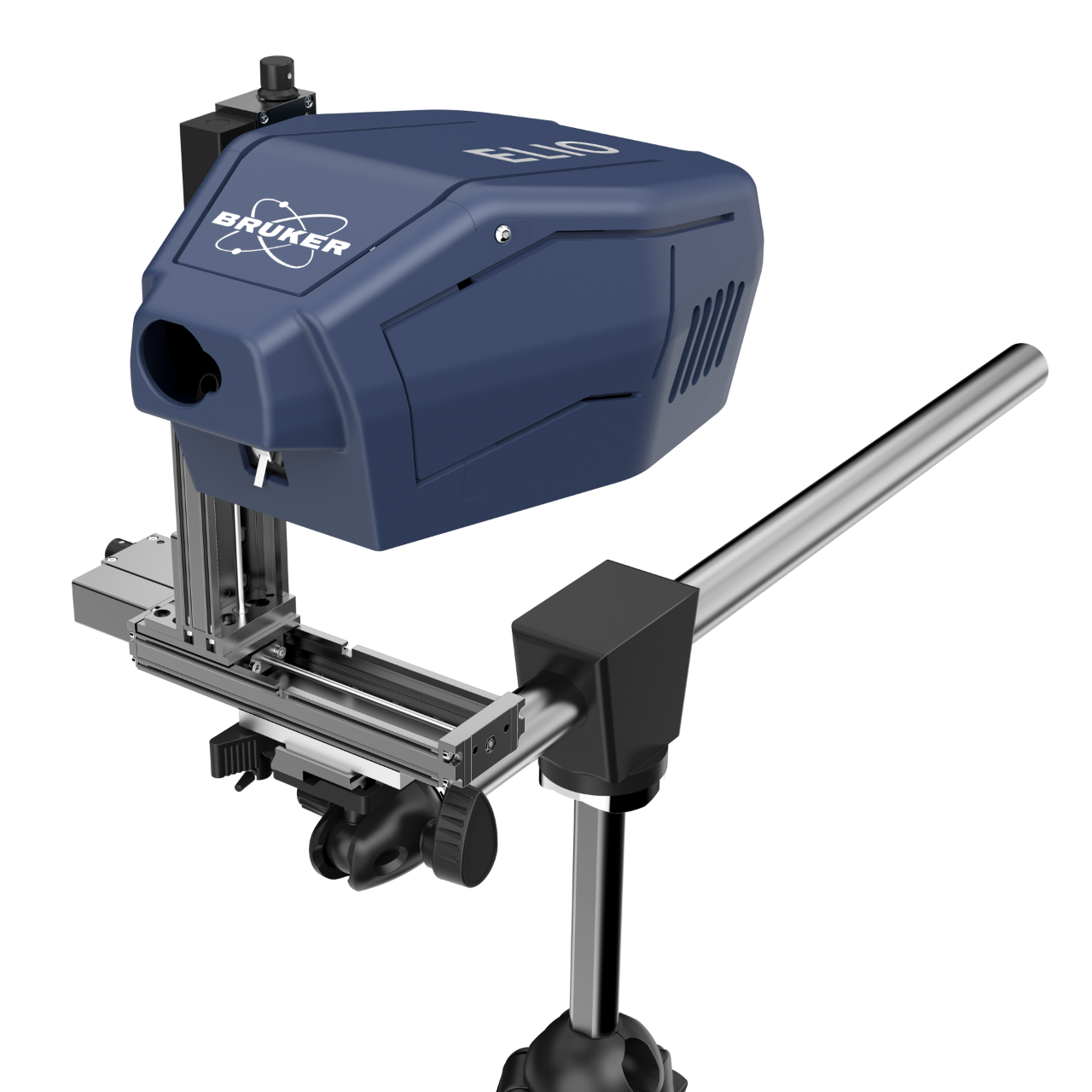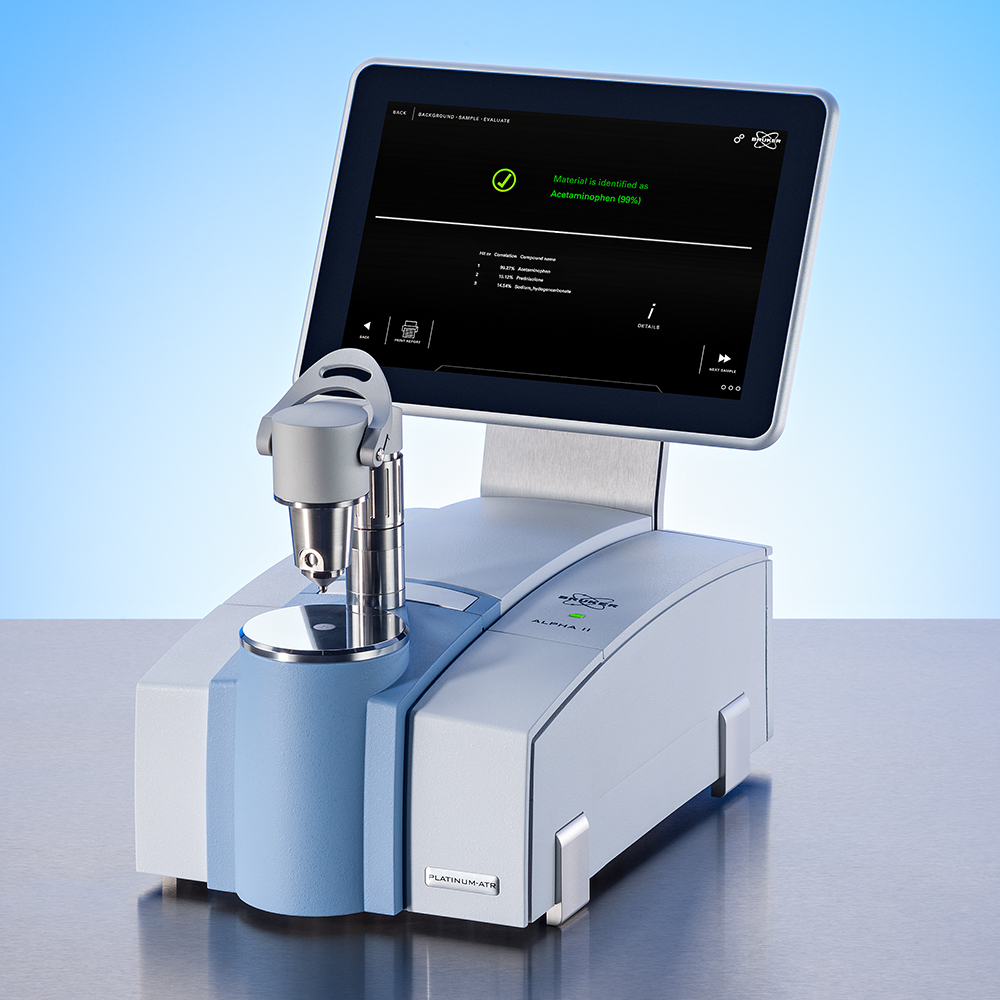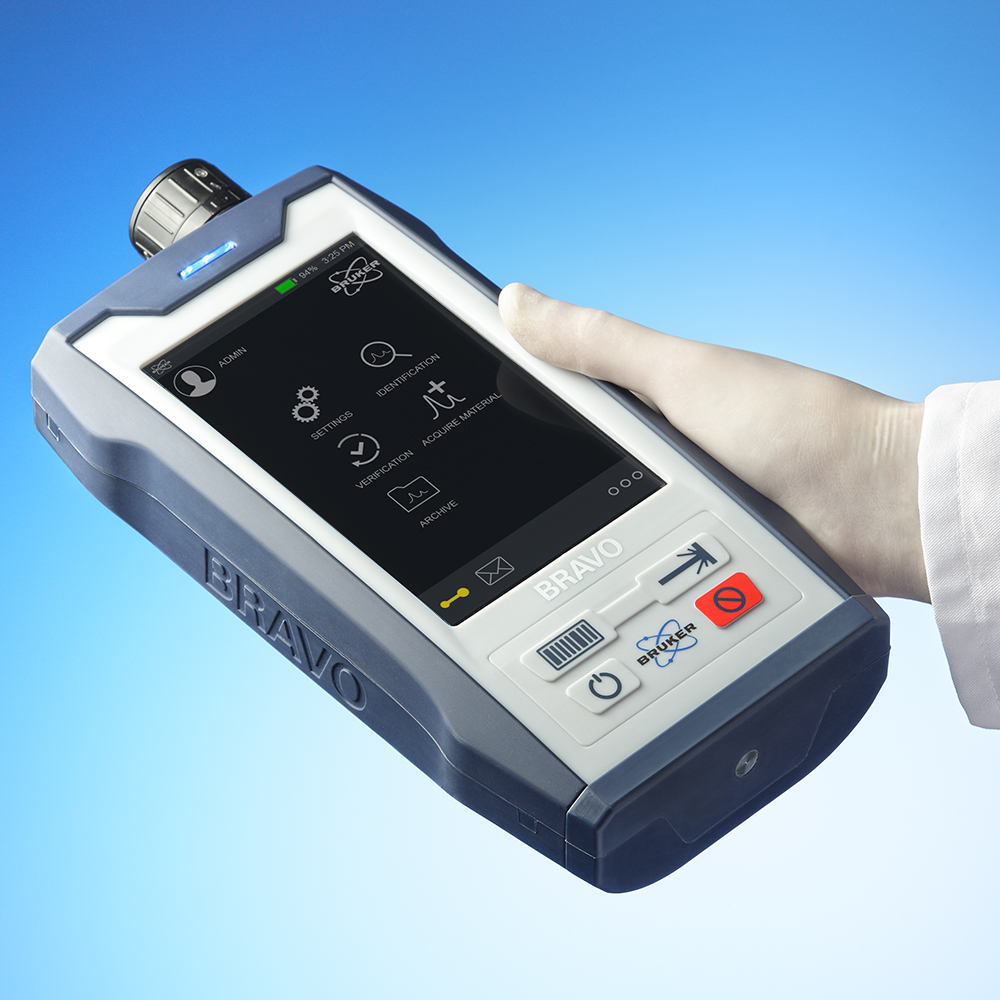Revealing the Stratigraphy of Ancient Cremonese Violins
Understanding the methods used to prepare and finish object surfaces during their manufacture is important to their conservation and preservation. This is especially true for wooden objects like historic violins. The musical instruments have been subjected to centuries of use, with some still in active use today. Therefore, there is a need to know the materials and methods adopted by ancient violin makers to allow effective preventative conservation of surface or finishing layers and the wooden substrate that may have degraded due to sweat from performers or growth of fungus due to methods of storage.
To allow on-site investigation of ancient Cremonese violins in the collection of the Museo del Violino (Cremona, Italy) spanning manufacturing ages from 1658-1793, portable measurement techniques were employed, including Bruker's ALPHA FTIR and ELIO portable XRF units. Integrating data from both techniques has allowed determination of the composition and thickness of organic-based materials (resin, varnish, wax) on the violins, and the presence of inorganic materials mixed into ground layers to prepare the wooden substrate, or in varnishes to add color.
Based on a model panel developed with materials and methods true to those of the original craftsman, the ALPHA FTIR was able to estimate varnish thickness, which correlated with elemental signal intensity change measured by the ELIO XRF. Together these techniques were able to show:
- The violins were prepared with a ground coat, used to fill pores and sometimes add color, that included Ca, S, and Si, likely from the presence of sulfate minerals like gypsum, and silicates such as talc and quartz.
- Varnishes were dominantly composed of oil-terpenic resinous mixtures, with signals also consistent with the presence of paraffin-like waxes.
- Varnishes on some violins also contain measurable abundances of gypsum; Fe (from earth pigments) was also detected, which based on its distribution was likely mixed within varnish layers.
Learn More
Claudia Invernizzi, Giacomo Fiocco, Magdalena Iwanicka, Magdalena Kowalska, Piotr Targowski, Bernhard Blümich , Christian Rehorn, Valeria Gabrielli, Danilo Bersani, Maurizio Licchelli, Marco Malagodi
Microchemical Journal, 155, 104754, 2020


